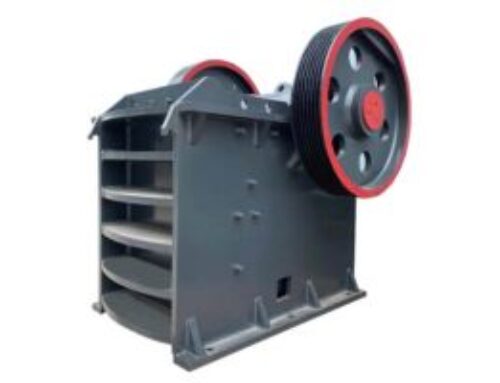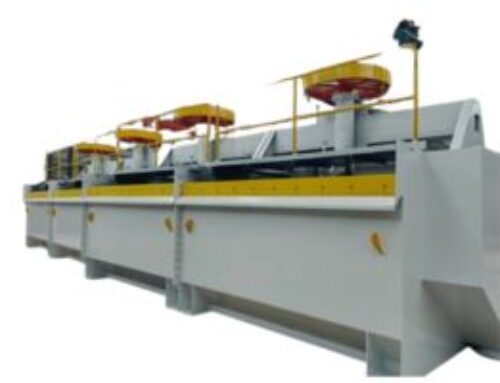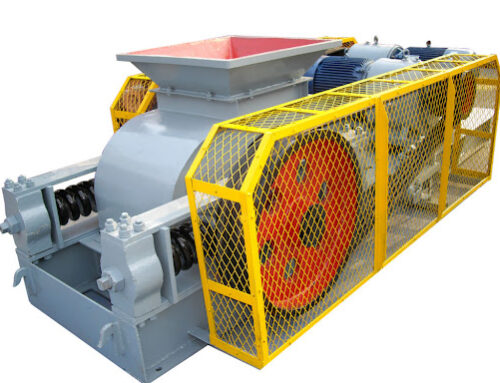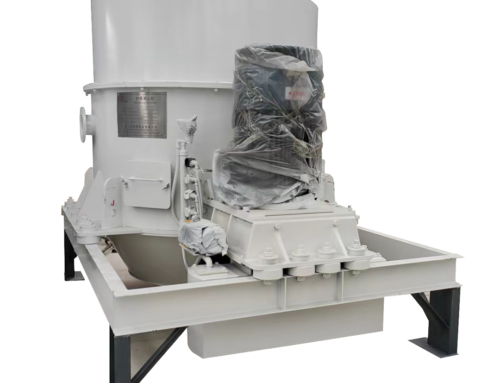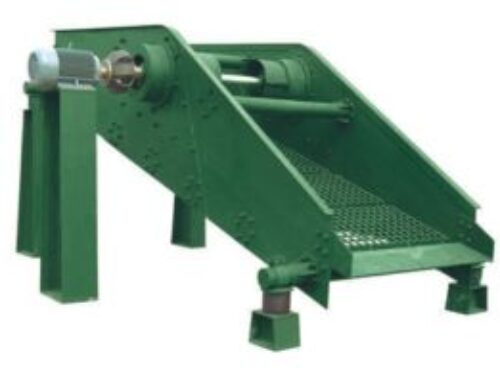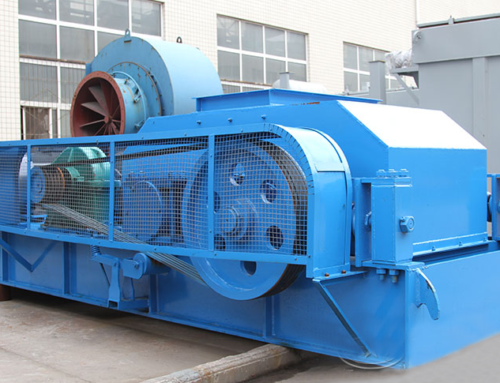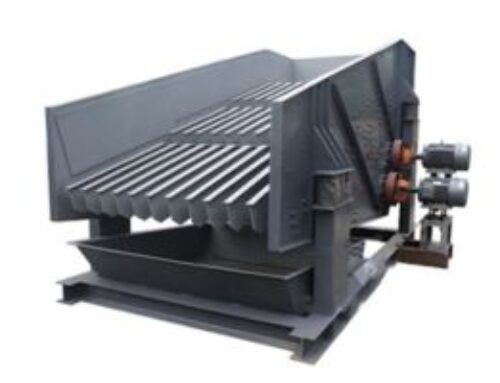Coal slurry dewatering screen is a kind of screening equipment for coal slurry dewatering treatment, which is widely used in coal industry, and is of great significance for improving the utilisation rate of coal resources and reducing environmental pollution.
The following is a summary of some common problems and solutions about coal slurry dewatering screen.
Screen clogging
Reason:
1.Coal slurry with fine particle size and high moisture content is easy to adhere to the screen mesh.2.The feeding amount is too large, exceeding the handling capacity of the dewatering screen.
Solution:
1.Adjust the feeding amount so that it is within the processing capacity of the dewatering screen.2.Clean the screen mesh regularly, either by high pressure water gun flushing or mechanical cleaning.3.Optimise the nature of the coal slurry, such as lowering the water content etc.
Poor dewatering effect
Cause:
1.Screen mesh is broken or loose, resulting in reduced screening effect. 2. Insufficient excitation force, affecting the dewatering efficiency. 3. Changes in the nature of the incoming material, such as particle size composition, moisture content, etc.
Solution:
1.Check the screen mesh, if broken or loose timely replacement or fastening. 2. Adjust the exciter, increase the excitation force. 3. According to the changes in the nature of the feed material, adjust the parameters of the dewatering screen, such as sieve hole size, vibration frequency.
Equipment noise is too large
Reason:
1.Bearing wear or damage. 2. Exciter failure. 3. Loose connecting bolts.
Solution:
1.Check the bearings, replace them in time if they are worn or damaged. 2. Overhaul the shaker to solve the problem. 3. Tighten the connecting bolts.
Unstable operation
Cause:
1.The foundation is not solid, resulting in shaking. 2. The spring is damaged or deformed. 3. The motor is faulty.
Solution:
1.Reinforce the foundation to ensure that the equipment is firmly installed. 2. Replace the damaged spring and adjust the spring stiffness. 3. Check the motor and remove the fault.
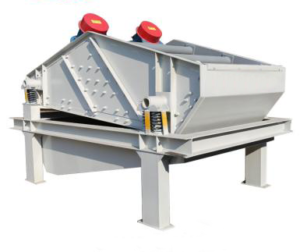
The following are the factors affecting the screening of coal slurry dewatering screen:
Nature of coal slurry
1.Particle size composition: If the content of fine particles in the coal slurry is too much, it is easy to block the sieve holes and reduce the screening efficiency; the wide range of particle size distribution will also make the screening more difficult.
2.Water content: coal slurry with high water content is easy to adhere to the screen surface, resulting in clogging of the sieve holes and affecting the screening effect; excessive water content may also lead to poor vibration of the screen surface, reducing the dewatering efficiency.
3.Viscosity: the viscosity of coal slurry is poor fluidity, not easy to disperse on the screen surface, affecting the uniformity of screening.
Equipment parameters
1.Sieve hole size: the sieve hole size directly determines the size of the particles that can pass through the sieve surface; selecting the appropriate sieve hole size can improve the screening efficiency and dewatering effect.
2.Vibration frequency and amplitude; vibration frequency and amplitude affect the movement speed and throwing strength of coal slurry on the screen surface; higher frequency and amplitude can enhance the screening effect, but it may also lead to increased wear and tear of the equipment and increased noise.
3.Inclination angle of the screen surface: the inclination angle of the screen surface determines the flow speed and residence time of the coal slurry on the screen surface; a larger inclination angle can improve the handling capacity, but may reduce the screening accuracy; a smaller inclination angle is the opposite.
Operating conditions
1.Feeding quantity: if the feeding quantity is too large, the coal slurry will pile up on the screen surface, which will affect the screening effect and even damage the equipment; if the feeding quantity is too small, the processing capacity of the equipment can not be brought into full play.
2.Feeding uniformity: uniform feeding can ensure uniform distribution of coal slurry on the screen surface, improve screening efficiency; uneven feeding will lead to overloading of local screen surface, affecting the screening effect.
3.Cleaning and maintenance: regular cleaning of the screen surface to prevent clogging of the screen holes can maintain a good screening effect; timely maintenance and repair of the equipment to ensure that the equipment is in good operating condition.
How to extend the service life of coal sludge dewatering screen
Correct installation and commissioning
- Make sure the foundation is firm and level when installing to avoid shaking and tilting of the equipment during operation.
- install the equipment in strict accordance with the installation instructions to ensure that all parts are connected tightly and reliably.
3, when debugging, adjust the vibration frequency, amplitude and screen surface inclination angle and other parameters, so as to make it reach the best working condition.
Reasonable operation
1.Control the amount of feed: avoid giving too much material to cause the screen surface accumulation, or give too little material to affect the efficiency of the equipment. Keep the feeding material uniform and stable, to prevent local overload.
2.Monitor the nature of the feed material: monitor the particle size and water content of the coal slurry, and adjust the parameters of the equipment in time if there is a big change.
3.Avoid overloaded operation of the equipment: strictly prohibit exceeding the rated processing capacity of the equipment to prevent excessive wear and tear and damage to the equipment.
Regular maintenance
1.Clean up the screen surface: clean up the coal sludge and debris on the screen surface regularly to prevent the screen holes from being blocked. High-pressure water gun flushing or mechanical cleaning methods can be used.
2.Check the wear and tear of parts: regularly check the wear and tear of screen mesh, bearings, shaker and other parts, and replace the parts with serious wear and tear in time.
3.Lubrication and maintenance: Regularly lubricate the bearings and other key parts, choose suitable lubricants and operate according to the specified lubrication cycle.
4.Fasten the connecting bolts: regularly check whether the bolts of each connecting part of the equipment are loose, and fasten them in time to prevent the equipment from being damaged due to loosening.
Pay attention to environmental factors
1.Avoid bad environment: try to avoid equipment in the humidity, high temperature, corrosive and other harsh environments such as long-term operation.
2.Do a good job of protective measures: the necessary protection of equipment, such as rain, sun, corrosion, etc., to extend the service life of the equipment.
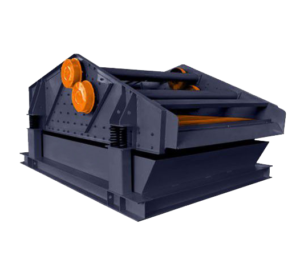
How to choose the right model of coal sludge dewatering screen
According to the demand of processing capacity
1.Evaluate your own production scale and coal slurry output to determine the required handling capacity of the dewatering screen. If the production is large, you should choose the model with large processing capacity to meet the production demand and avoid the equipment running at high load for a long time.
2.Considering the possibility of future development of production, reserve a certain amount of processing capacity, so that the equipment can still meet the demand when the production increases.
Coal slurry properties
1.Particle size composition: if the content of fine particles in the coal slurry is more, it is necessary to choose the model with smaller screen holes and high screening precision to ensure effective dewatering and classification.
2.Water content: coal slurry with high water content has higher requirements for dewatering screen, and we should choose the model with good dewatering effect and strong ability to deal with water content.
3.Viscosity: coal slurry with high viscosity is easy to adhere to the screen surface, so it is necessary to choose the model with anti-clogging design or strong cleaning function.
Site conditions
1.Installation space: according to the actual site size and layout, choose the appropriate size of the dewatering screen model, to ensure that the equipment can be installed and run smoothly.
2.Height limitation: if the site has height limitation, choose the model with lower height, or consider adopting the height-adjustable installation method.
Equipment performance parameters
1.Vibration frequency and amplitude: according to the nature of coal slurry and processing requirements, choose the appropriate vibration frequency and amplitude. Higher frequency and amplitude can improve the screening efficiency, but may also increase the wear and noise of the equipment.
2.Motor power: the motor power should be matched with the processing capacity and working requirements of the equipment, to avoid too little power leading to equipment can not run normally, or too much power causing energy waste.
3.Material and quality: choose the dewatering screen with good material and exquisite manufacturing technology to ensure the durability and reliability of the equipment. You can check the qualification of the manufacturer of the equipment, user evaluation and other information to assess the quality of the equipment.
Cost factors
1.Equipment price: under the premise of meeting the processing capacity and performance requirements, choose a reasonably priced model. You can compare the price and cost-effectiveness of different manufacturers.
2.Operating costs: Consider the energy consumption of the equipment, maintenance costs and other operating costs. Choosing energy-saving and efficient models with simple maintenance can reduce long-term running costs.
The wearing parts of coal sludge dewatering screen mainly include screen mesh and some connecting parts. The screen mesh is easy to be rubbed, impacted and corroded by the coal slurry in the process of long-term use, and is subject to wear and tear, rupture or clogging and other problems. Therefore, it is necessary to replace the broken screen mesh in time and choose the screen mesh with suitable material and structure to improve its service life.


